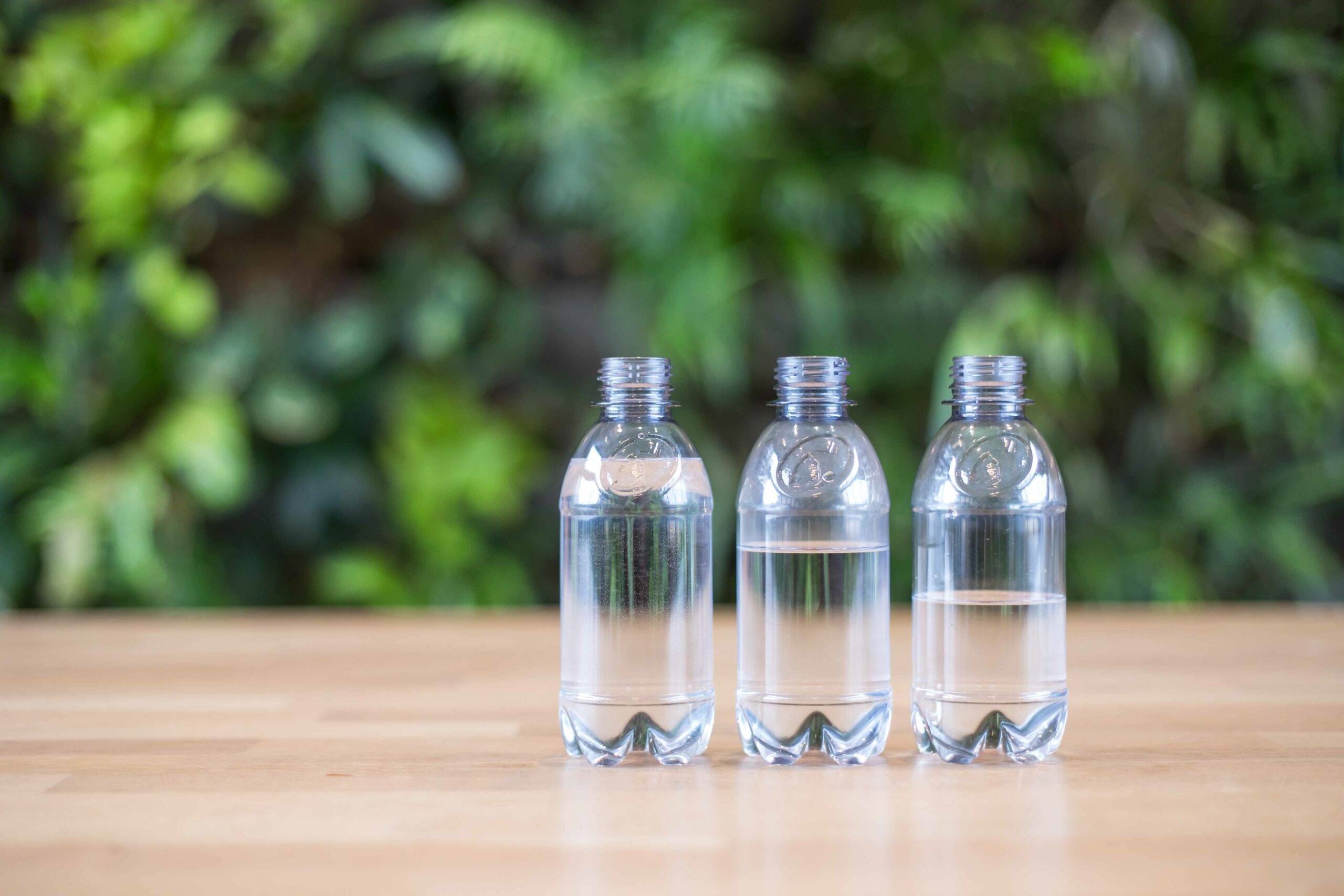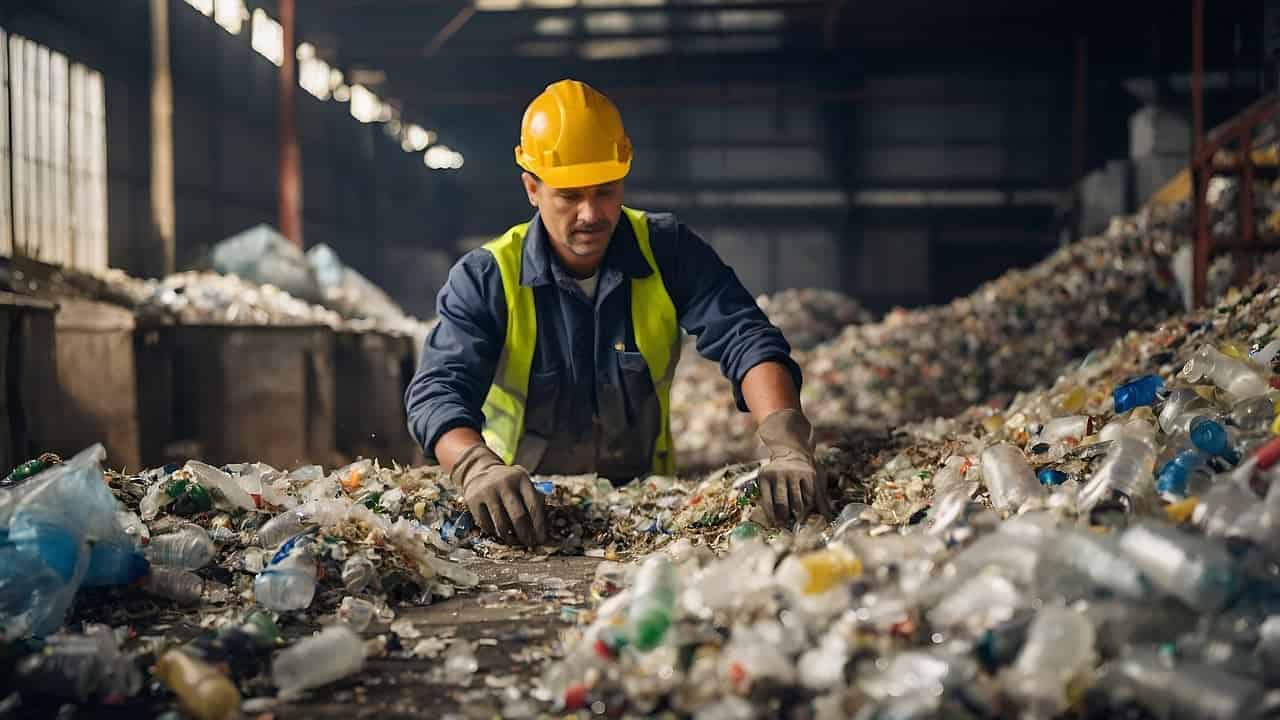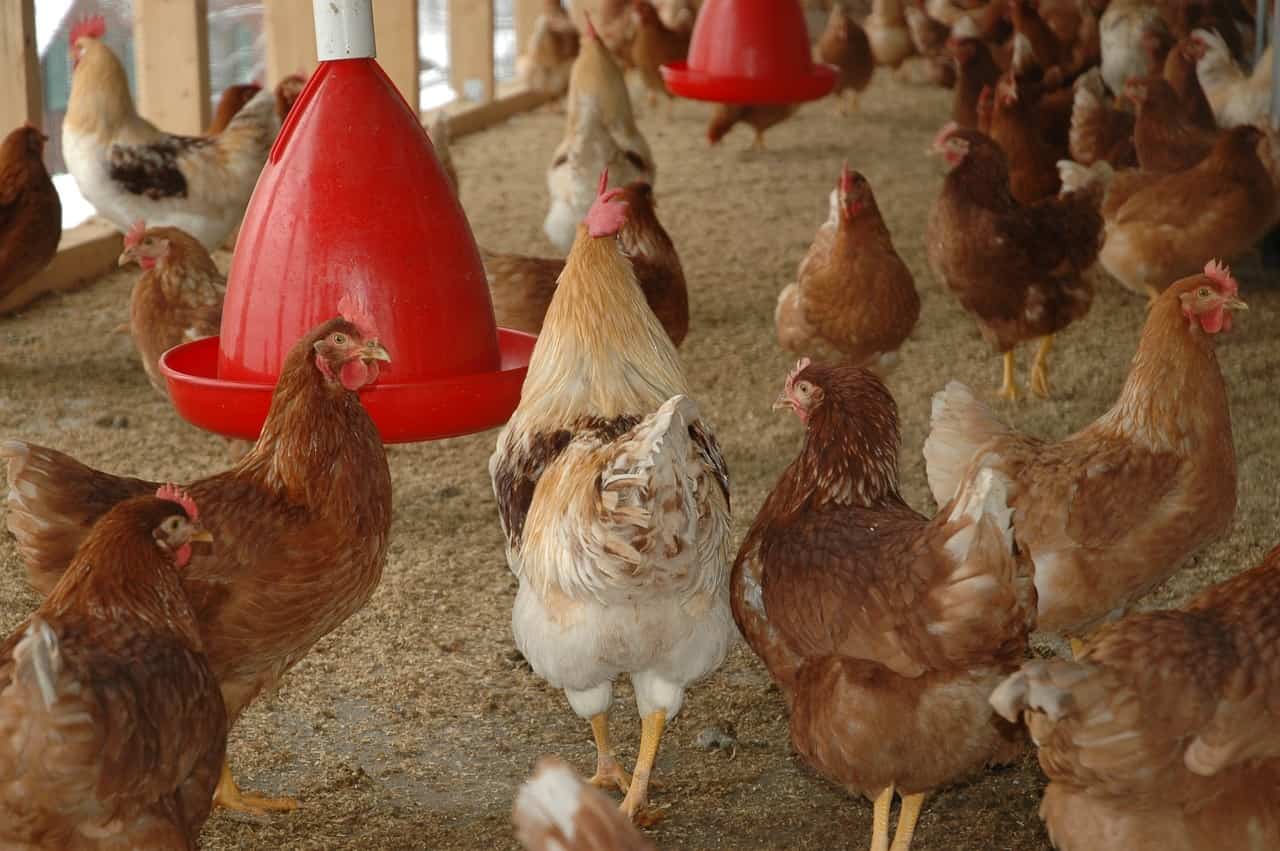
Carbon dioxide is one of the main drivers of climate change – CO2 emissions must therefore be driven down in the future. Fraunhofer researchers are demonstrating one potential way to reduce CO2 emissions by using greenhouse gas as a raw material, for example in plastics. To do this, they first produce methanol and formic acid from CO2. Then they convert this via microorganisms into building blocks for polymers and the like.
However, the qualifying factor does not lie solely in this CO2-based methanol and formic acid production, but rather in the combination with biotechnology. Or more precisely, in the fermentation by microorganisms.
Numerous advantages
The researchers first produce methanol and formic acid from the environmentally harmful waste product CO2. In turn, they use these as ‘feed’ for microorganisms, which then produce other products from them. One example of such a product are organic acids. These are used as building blocks for polymers that enable CO2-based plastics to be manufactured this way. Amino acids can also be produced like this, for example as food supplements or animal feed.
“We can create entirely new products, but also improve the carbon footprint of more traditional products,” says Dr. Jonathan Fabarius, head of microbial catalysis research at Fraunhofer Institute for Interfacial Engineering and Biotechnology (Fraunhofer IGB).
While conventional chemical processes require a lot of energy and in some cases toxic solvents, products can be produced with microorganisms under milder and more energy-efficient conditions. After all, the microbes are growing in more environmentally-friendly aqueous solutions.
Metabolic Engineering
The research team uses not only native methylotrophic bacteria – i.e. organisms that naturally metabolize methanol – but also yeasts that actually are unable to metabolize methanol. The researchers also keep a close eye on whether new interesting organisms are discovered. They also check them for their suitability as ‘cell factories‘.
But how do these microorganisms actually make these products? And how is it possible to influence what they produce?
“In principle, we use the metabolism of the microorganism to control how products are made,” Fabarius explains. “To do this, we introduce genes into the microbes that provide the blueprint for certain enzymes. This is also known as metabolic engineering.“
In turn, the enzymes that are then produced in the microorganism catalyze the manufacture of a specific product. Conversely, the researchers specifically switch off genes that could negatively influence this production. “By varying the genes that are introduced, we have the ability to produce a wide range of products,” Fabarius is pleased to report.
First expected in ten years’ time
The research team is working on the end-to-end manufacturing chain. Starting with the microorganisms, to the gene modifications, to the scaling up of production. While some manufacturing processes are still at the laboratory stage, other products are already being produced in the first bioreactors that have a capacity of ten liters. As far as the industrial application of such processes is concerned, Fabarius sees this happening more in the medium to long term – ten years is a realistic time horizon. However, the pressure on industry to establish new processes is mounting.
Also interesting: Reach climate targets? Convert CO2 into formic acid








